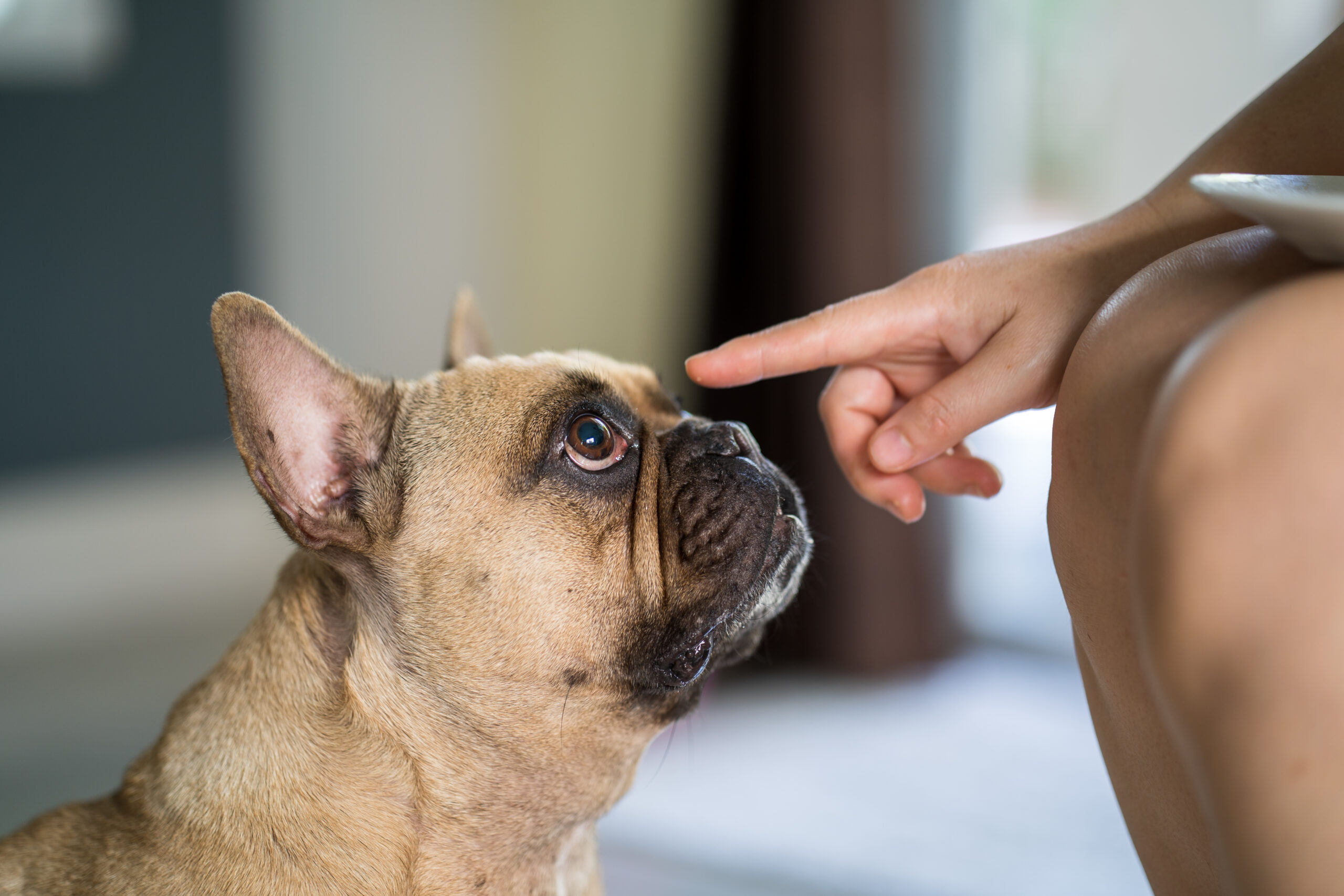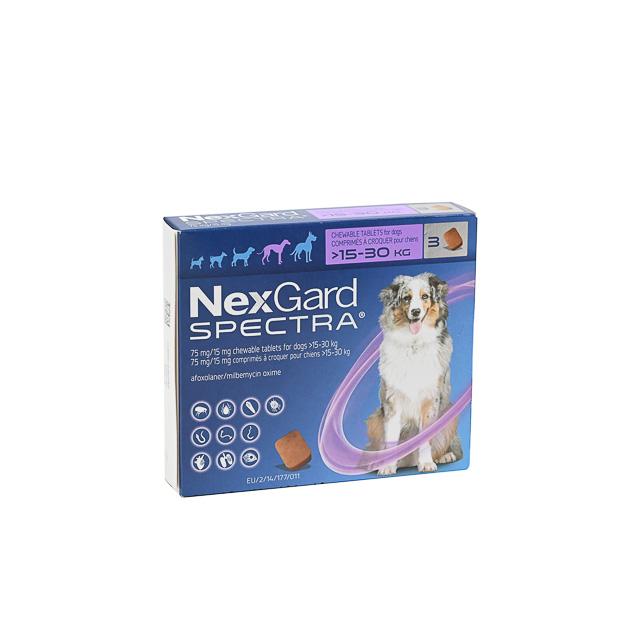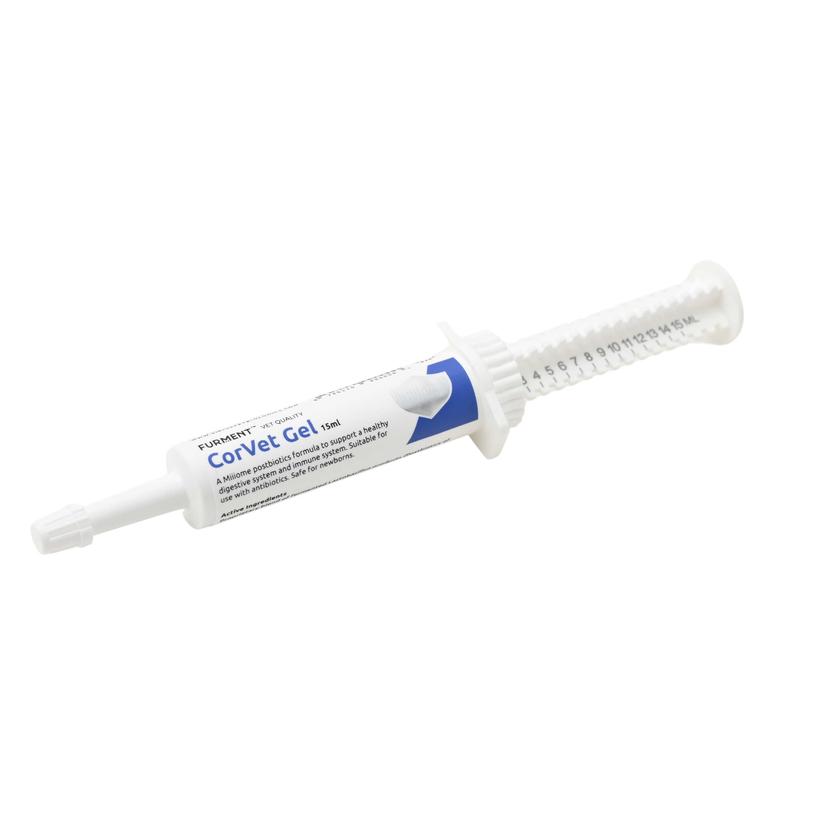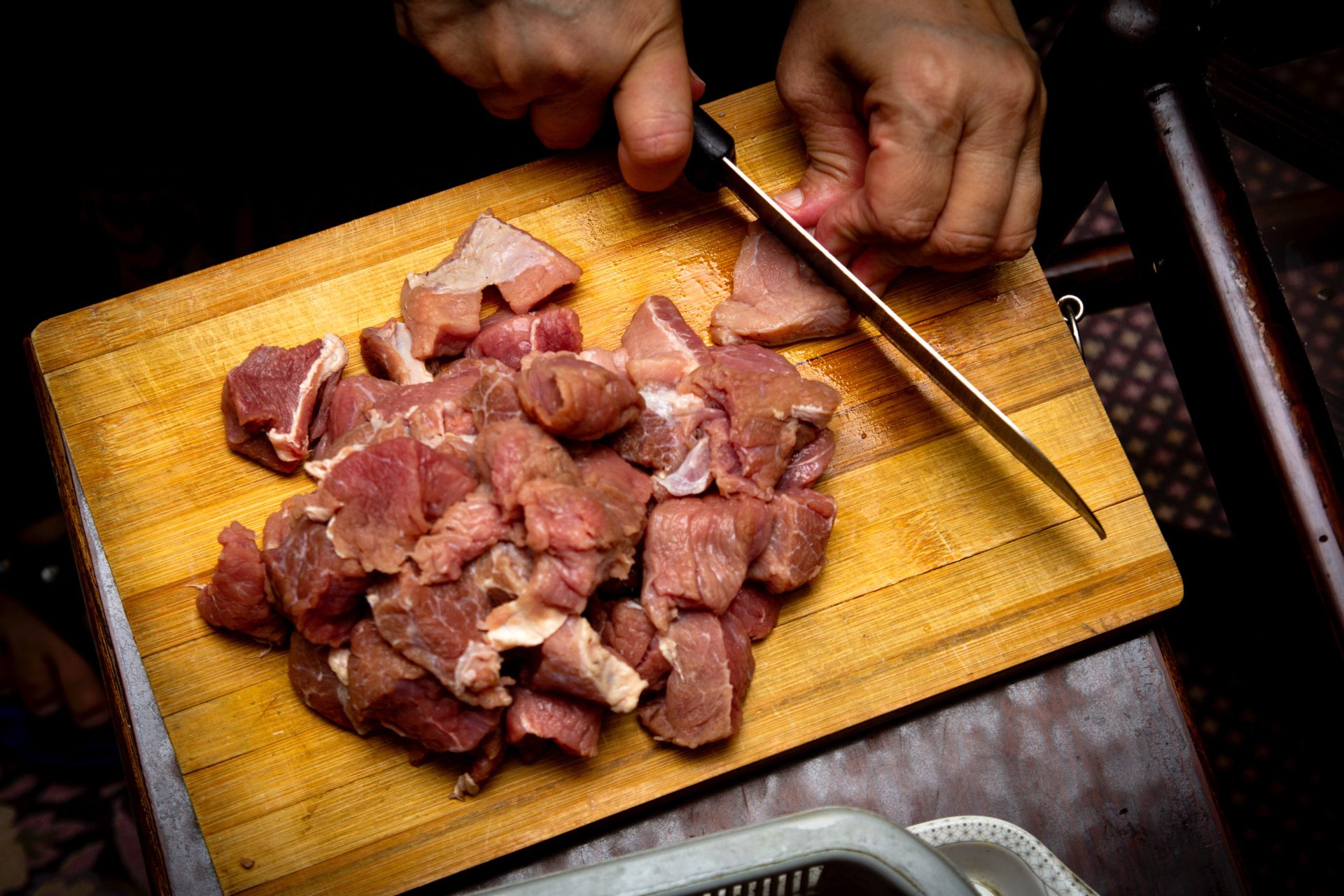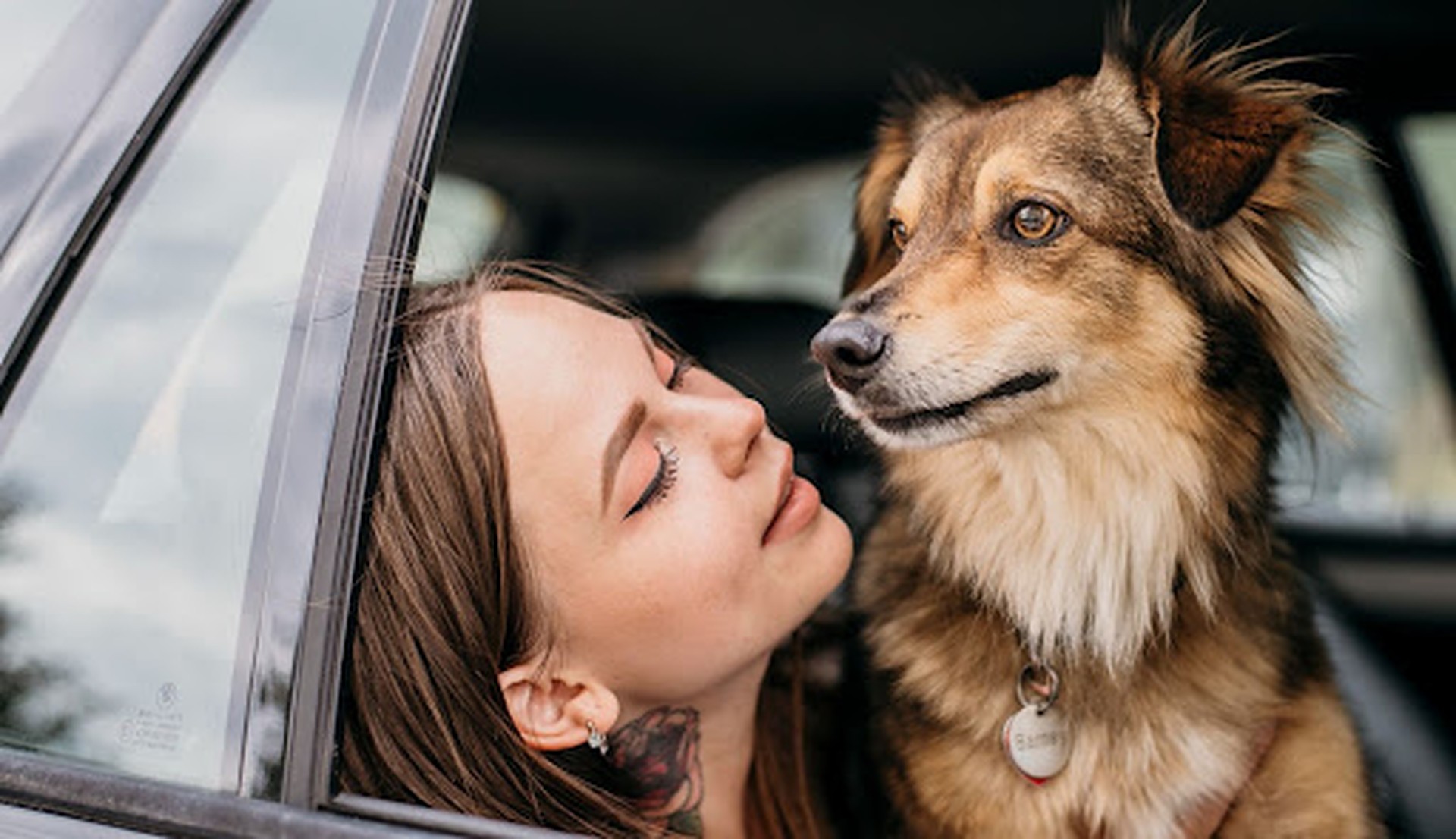Before your pup learns how to communicate to you that they have a full bladder or bowel, you may need good old instincts to tell you they “need to go”. We’re talking about the classic pause, sniff, circle and squat! If you catch these signs or find that they are generally agitated and restless, that may be your cue to let them out for a toilet run.
Where do we begin with puppy house training?
We break down housetraining into four parts — each equally important to help your doggo achieve success in their bathroom habits!
The Leash
Take your puppy out on a leash for toilet time. You should always go along — at an initial stage, most puppies left alone outside will simply wait to return to the company of humans before eliminating.
Set a timer for 2-5 minutes and hold on to your leash until they have done their business. Younger pups will likely need to urinate at least twice to empty their bladders. Once they’ve hit the mark, give your puppy freedom to run around in the yard and play. This will establish a clear routine that elimination should be the first thing they do outside.
The Spot
Next, move on to teaching them to eliminate in a designated spot. Take them to this area when you see signs that they need to go and give it 2-5 minutes. If it doesn’t happen, let them return to what they were doing before but watch closely for toileting cues and try again.
The Reward
As with all other training, the reward is key for your dog to remember their good behaviour! After your puppy toilets, calmly offer a treat and praises. Do this quickly near the area of elimination, so you are accurately reinforcing the habit of going potty outside in that spot. Delays might confuse your pup into thinking the desired action is leaving the area or running back inside.
The Cue
Once your dog develops a predictable toilet sequence, you can begin to introduce a cue. Wait quietly for signs that they are about to go and right before they do, say a word you want to associate with the behaviour. Think simple commands like ‘toilet’, ‘ bathroom’, or ‘potty’. Some pawrents even have different cue words for urination and defecation — we’ll leave the dirty details to you!
Teaching your puppy to ask
Over time, the process of housetraining will show you what your dog’s signals are for when they have a full bladder or bowel. You can then teach them to “ask” for toilet time.
Many dogs will already have a natural inclination to do so whether it’s by coming to you, staring at you or barking and scratching at the access to the toilet area (such as the door).
Some owners even teach their dog to ring a bell attached to the door to indicate it’s time to go. Either way, always praise your pup for successful signals and respond by taking them to the designated spot for potty time.
If you see the need for special cues like ringing a bell, reach out to your veterinarian for recommendations of trainers who can help you in the process.
Letting go
As you and your puppy get into the groove of good toilet habits and they are able to eliminate as soon as you bring them outside, you can progress to giving them more freedom during these trips.
Try this by using a longer, lighter leash, and later, you could even fade away the leash. Your job is to send your dog to the spot and give them the cue. If they can do so, you’ve got this in the bag! Praise them with quiet, happy tones and proceed with your routine — whether it’s playtime in the yard or returning indoors.
Even after successful housetraining, you want to periodically practice toileting on leash so that your dog remembers the basics — this will come in especially useful when it comes to travel, visits to the vet and so on.
Not fur-getting…
If your puppy attempts to toilet indoors or in an off-limits area, do not get agitated or scold them — this rarely works.
Instead, interrupt them with a cheerful voice and use redirection methods such as clapping or whistling. Then, quickly bring your puppy to the right spot and praise them for finishing there. The positive bit is what they remember, so keep that in mind.


